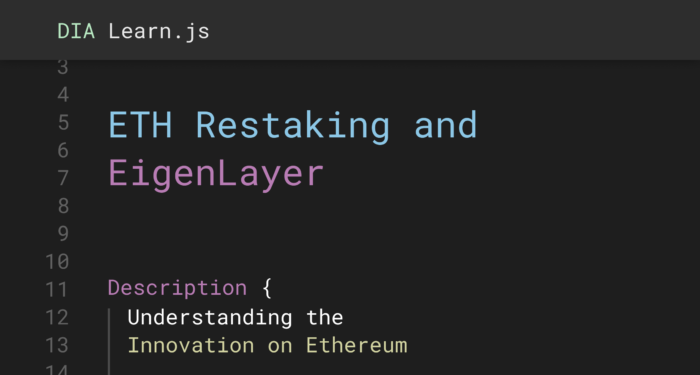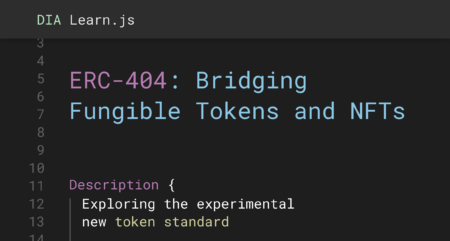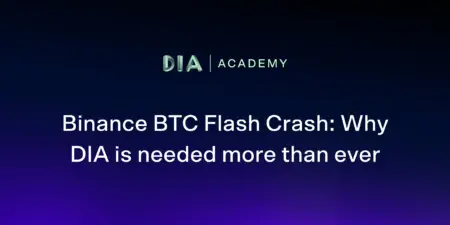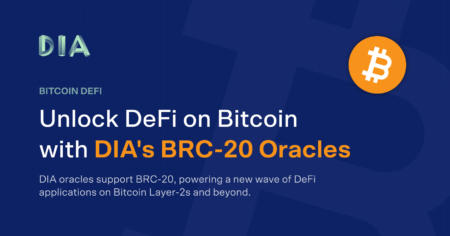Understanding ETH Restaking and EigenLayer
Understand ETH Restaking & EigenLayer: Our easy-to-follow guide explains the tech behind the latest innovation on Ethereum.

Ethereum has remained a central figure in the Web3 landscape, especially with its transition to Proof of Stake (PoS). A novel concept emerging from this ecosystem is ETH Restaking, facilitated by a groundbreaking platform called EigenLayer. This long-form blog post delves into the intricacies of ETH Restaking and EigenLayer, providing a comprehensive understanding of their mechanisms, benefits, risks, and broader impact on the blockchain ecosystem.
Understanding ETH Restaking and EigenLayer
What is ETH Restaking?
ETH Restaking represents a paradigm shift in how staked assets are utilized within the Ethereum ecosystem. Traditionally, ETH staked on Ethereum served a singular purpose: securing the network through the PoS consensus mechanism. However, ETH Restaking introduces a multipurpose use-case for these staked assets, enabling them to secure not just Ethereum but other protocols and networks as well.
Introduction to EigenLayer
EigenLayer stands at the forefront of the ETH Restaking movement, introducing a layer of “Programmable Trust” to the blockchain world. It is a middleware built on Ethereum that allows protocols to leverage Ethereum’s secure trust network without establishing their own validator set. This innovation extends Ethereum’s security to other networks, enhancing the overall robustness of the blockchain ecosystem.
The Benefits of ETH Restaking with EigenLayer
Increased Capital Efficiency
One of the most significant advantages of ETH Restaking through EigenLayer is the enhanced capital efficiency it offers. Stakers can now earn rewards from multiple protocols using the same staked ETH, thereby maximizing their return on investment. This feature has gained widespread attention, with liquid staking derivatives like Lido and Rocketpool seeing increased market interest.
Decentralization and Security
By enabling ETH to be restaked across multiple protocols, EigenLayer not only boosts capital efficiency but also contributes to a more decentralized and secure blockchain ecosystem. This approach mitigates the risks associated with centralization and provides a more robust security model for the Ethereum network and its interconnected protocols.
Navigating the Risks
Despite its benefits, the ETH Restaking model and EigenLayer’s implementation come with potential risks. These include the possibility of slashing, centralization concerns, and yield risks. For instance, validators participating in EigenLayer could face up to 100% slashing of their staked ETH for malicious behavior. Additionally, the promise of increased yields could centralize stakers around EigenLayer, posing systemic risks to Ethereum.
EigenLayer's Role in Data Availability and Governance
EigenLayer extends beyond just security enhancements. It introduces EigenDA, a decentralized data availability layer, which promises to significantly reduce gas fees on Layer 2 solutions by offering higher bandwidth for data availability than the existing Ethereum base layer. This innovation not only optimizes costs but also addresses the censorship concerns associated with maximal extractable value (MEV) by introducing slashing for misbehaving block proposers.
The Future Landscape
The introduction of ETH Restaking and the development of platforms like EigenLayer signify a critical evolution in the blockchain space. These innovations promise a future where blockchain security is more robust, capital efficiency is maximized, and the barriers to innovation are lowered. As the ecosystem continues to evolve, the impact of these advancements will likely be a key driver in attracting more users and developers to the blockchain world.
To learn more about EigenLayer, visit the homepage and documentation.
Update: EigenLayer Stage 1 Testnet Launch
EigenLayer has recently announced the launch of its Stage 1 testnet, marking a pivotal step towards revolutionizing cryptoeconomic security through decentralized trust. This initial phase is focused on onboarding stakers for restaking on EigenLayer, setting the stage for future phases that will bring node operators and validated services into the ecosystem.
The testnet, which operates on the Ethereum Goerli network, is designed for early testing and feedback, underscoring the project’s commitment to credible neutrality and community-driven development. With support for both liquid and native restaking, the testnet represents a critical milestone in EigenLayer’s phased rollout, emphasizing security, user engagement, and the expansion of the permissionless innovation landscape.
For a detailed overview of the EigenLayer Stage 1 Testnet, please visit their official announcement.
FAQ
ETH Restaking allows staked Ethereum to be used to secure multiple networks and protocols, enhancing overall blockchain security and efficiency.
EigenLayer is a middleware that leverages the Ethereum network’s security, allowing other protocols to utilize Ethereum’s trusted validator set without needing to establish their own.
Potential risks include slashing of staked assets, centralization concerns, and yield risks due to the competitive nature of attracting stakers.
EigenLayer introduces EigenDA, a decentralized data availability layer that reduces gas fees and increases bandwidth for data availability, addressing key scalability and cost concerns.







